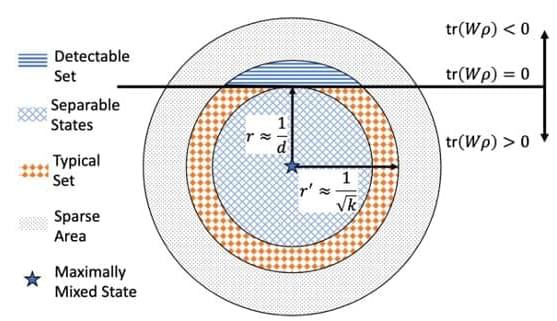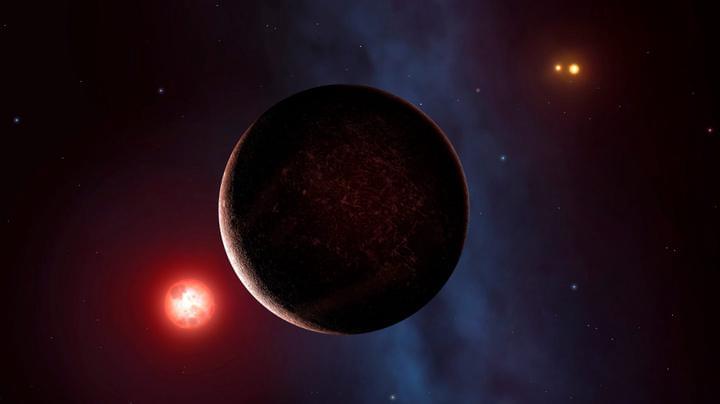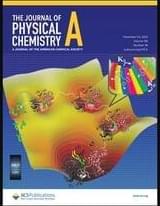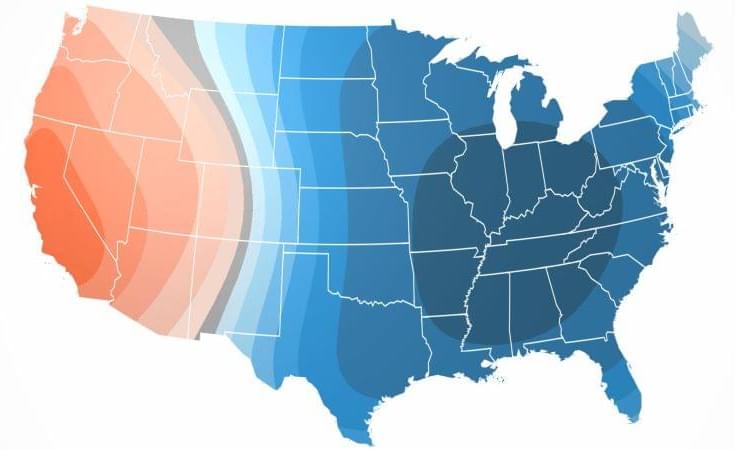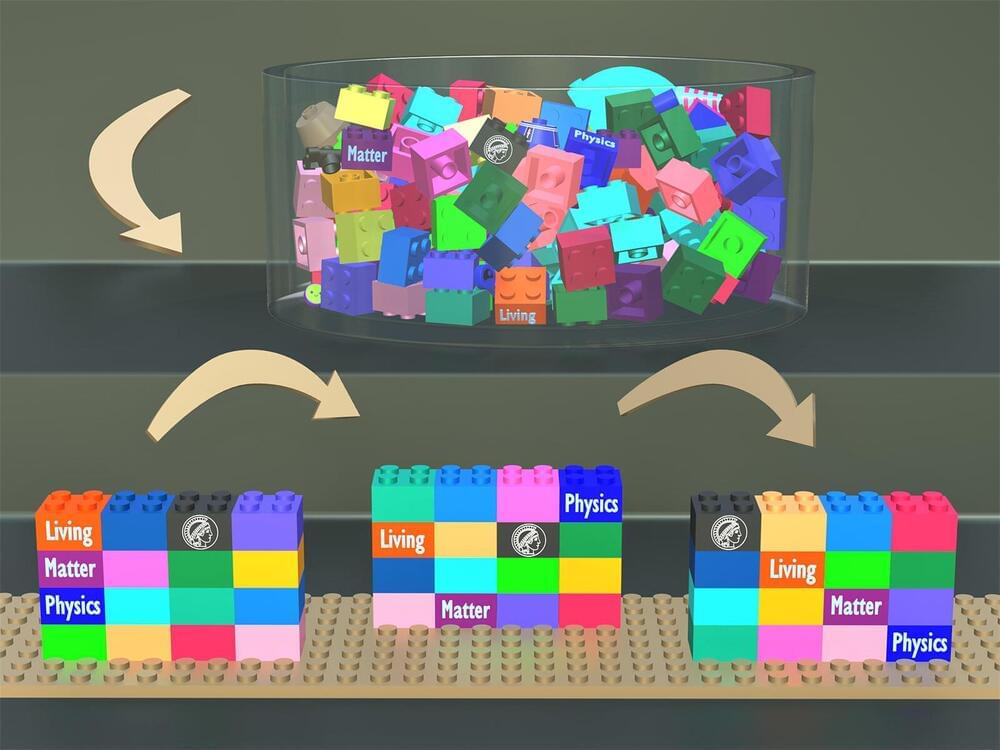Get the CuriosityStream x Nebula bundle deal for just 11.59 https://curiositystream.com/realengineering.
Watch this video ad free on Nebula: https://nebula.tv/videos/realengineering-nuclear-fusion-is-changing-helion.
Links to everything I do:
https://beacons.ai/brianmcmanus.
Get your Real Engineering shirts at: https://standard.tv/collections/real-engineering.
Credits:
Writer/Narrator: Brian McManus.
Editor: Dylan Hennessy.
Animator: Mike Ridolfi.
Animator: Eli Prenten.
Sound: Graham Haerther.
Thumbnail: Simon Buckmaster.
Select imagery/video supplied by Getty Images.

